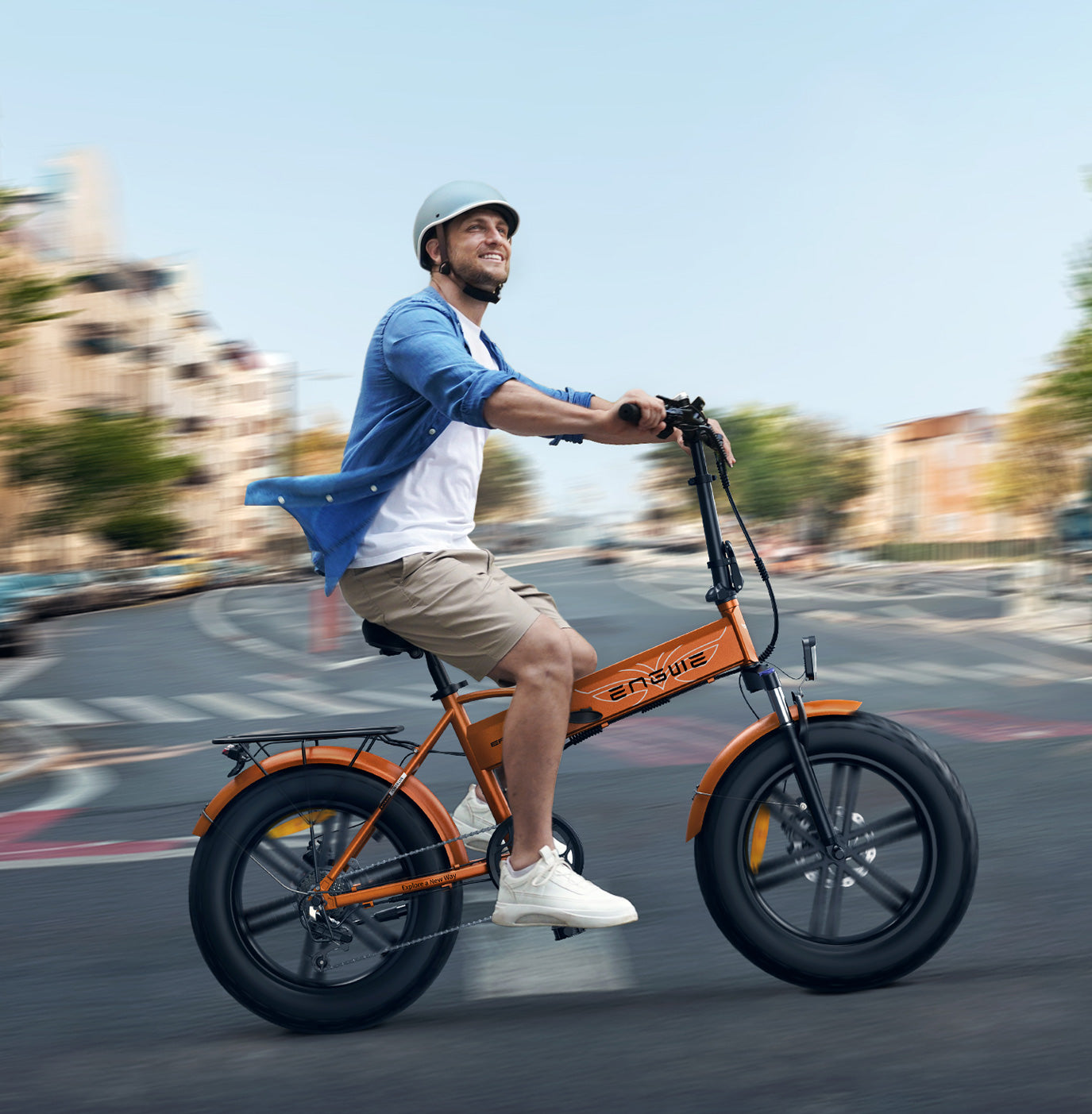Electric bicycles are surging in popularity as an environmentally-sustainable transportation solution. With motor-assisted speeds and extended range, e-bikes have transformed the possibilities for commuting, fitness, and adventure. For many looking to buy an electric bike, a top question that comes to mind is electric bicycle how fast is. Determining realistic speed expectations helps new e-bike owners pick the right model to meet their needs.
What Are the Typical Top Speeds for Electric Bicycles?
When wondering electric bicycles how fast are, it's useful to look at their typical top speeds. The top speed of an electric bicycle can vary quite a bit depending on the model. Generally speaking though, most electric bikes have a top speed of 15-20 mph using just the electric assist motor. With higher-powered motors and options like throttle-only instead of pedal assist, some e-bikes can reach speeds of 28 mph or more.
Electric bicycles are classified into three main types which determine how fast they can go:
●-Class 1: e-bikes provide electric assist only and max out at 20 mph. These are common for commuter and hybrid bikes.
●Class 2: e-bikes can power the bike using the electric motor alone without pedaling up to 20 mph. They max out at 28 mph with combined pedal/motor power.
●Class 3: e-bikes also max out at 28 mph, but require pedaling to engage the electric assist up to that speed.
So while 20 mph is the average top speed for an electric bicycle, faster electric bike speeds are possible depending on motor power and bike class.
What Factors Influence Electric Bicycles How Fast
When asking an electric bicycle how fast, there are a number of factors that play into exactly how fast an e-bike can go:
●Motor Power - More wattage generally equals higher speed potential. E-bike motors range from 250W on the low end to 750W or more on powerful performance models. More watts mean more electric assist at higher speeds.
●Pedal Assist vs. Throttle - With pedal assist, the rider must pedal for the motor to kick in. Throttle-only models allow the motor to power the ebike without requiring pedaling, often reaching higher speeds.
●Bike Style - Heavy-duty commuter or mountain bikes come with sturdier frames, thicker tires, and lower gearing designed for stability rather than speed. Lighter roads or racing e-bikes are built for more speed with thinner tires and higher gearing.
●Rider Fitness and Weight - A strong, fit rider can contribute more power when pedaling and won't tire as quickly, helping maintain speed. Heavier riders may find it more difficult to achieve maximum electric bicycle speeds.
●Terrain - Inclines significantly slow speeds while declines allow e-bikes to coast faster. The electric assist helps compensate when riding up hills.
Practicing Safety When Riding Electric Bicycles at Higher Speeds
Riding an e-bike at higher speeds requires taking proper safety precautions. Here are some important tips to follow:
●Adhere to all local laws and regulations for operating electric bicycles. Many areas require licenses or registrations, helmet use, speed limits, and other rules that govern riding an e-bike. Always check your local laws and obey them to avoid fines or penalties for excessive speeds or illegal operations.
●Use lights, reflectors, and bright clothing when riding at night or in low-light conditions. It can be harder for others to see you at dawn, dusk, or nighttime. Quality LED lights and reflective strips help ensure you are visible.
Riding at top speed requires your full focus and attention on safety. Never use mobile phones or headphones when operating an electric bike.
Finally
With a quality electric motor assisting the pedal power, e-bikes are capable of reaching 15-28 mph depending on the power output and bike type. Understanding all the factors that affect electric bicycle speed allows buyers to select the right e-bike model for their specific needs and anticipated riding style. While following basic safety precautions, e-bike riders can enjoy the thrill of riding at the top speeds their electric bicycles can achieve.
Choose Your Country, Enjoy More Local Benefits
Products have different prices based on country.
